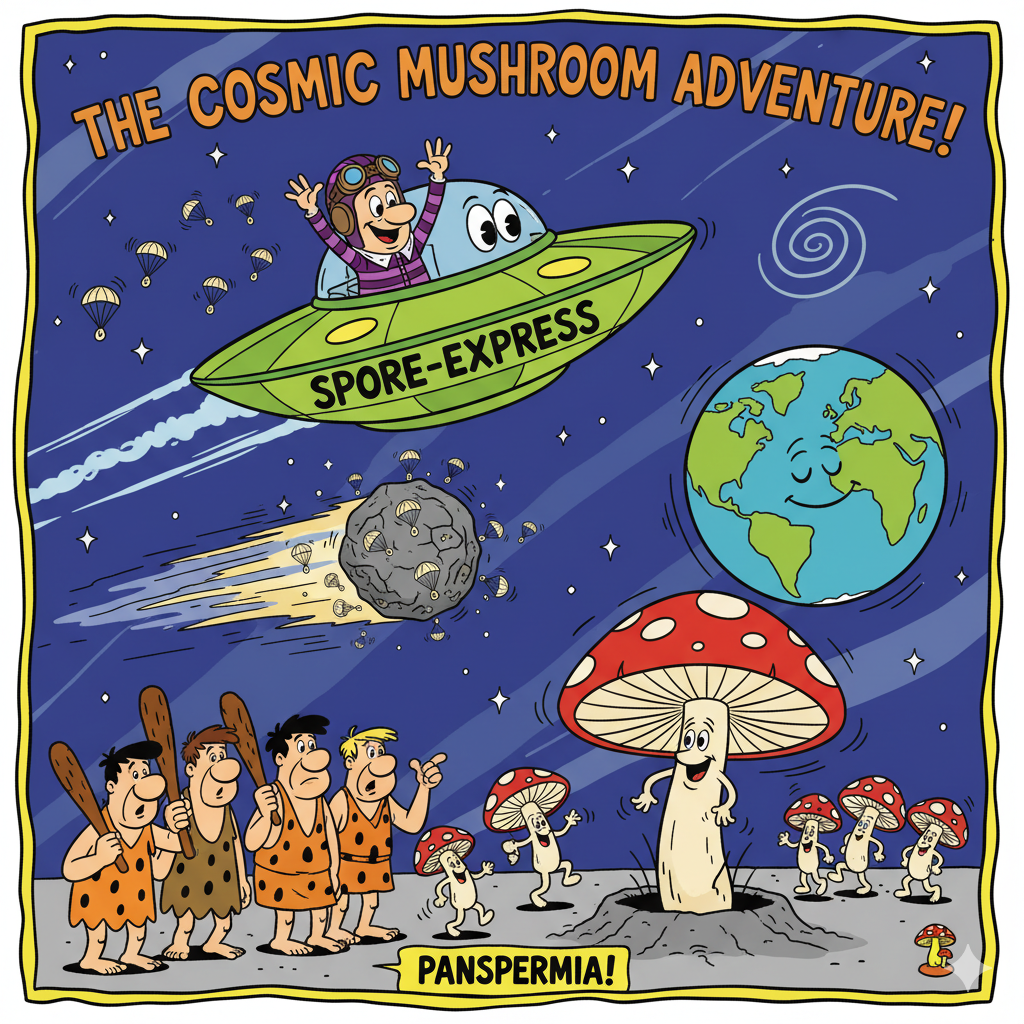Did Life Hitch a Ride? The Cosmic Hitchhiker Theory of Everything 🚀

TL;DR: Panspermia is the theory that life didn’t start here but was shipped to Earth from space via rocks like comets or asteroids.
Let’s Dig In
Forget worrying about a primordial chemical soup brewing on early Earth. The theory of Panspermia—which literally means “seeds everywhere”—suggests a much cleaner delivery system. Think of it this way: our planet wasn’t the cradle of life; it was the recipient of a cosmic package delivery. 📦
The core idea is that the essential ingredients for life, or even fully-formed, microscopic life like tough bacterial spores, hitched a ride on space debris—things like comets or asteroids. When these massive space rocks slammed into the early Earth billions of years ago, they dropped off the building blocks, or maybe even the actual first inhabitants.
Why this idea? Well, scientists look at how quickly life appeared on Earth once the planet cooled down, and some find it rushed. It’s like finding a perfectly built sandcastle and thinking someone must have built it, not that the tide just randomly brought all the right grains together at once. Plus, we know the basic chemicals for life—like amino acids and sugars—are floating around in space, found in meteorites and comets. That proves the ingredients travel.
The challenge? Can life actually survive the trip? Space is a brutal environment: freezing cold, a total vacuum, and bombarded by deadly radiation. Some experiments show that certain microbial “tough guys” (extremophiles) can survive being baked or frozen for long periods outside the International Space Station.
The theory essentially relocates the question of life’s origin—it doesn’t answer how life first began, just where. It suggests life is spread throughout the universe, hopping from one habitable world to the next like hardy seeds carried by the cosmic wind. 🤔
Go Deeper:
Panspermia | Wikipedia Overview The Panspermia Hypothesis Explained by NASA Evidence of Organic Molecules on Meteorites